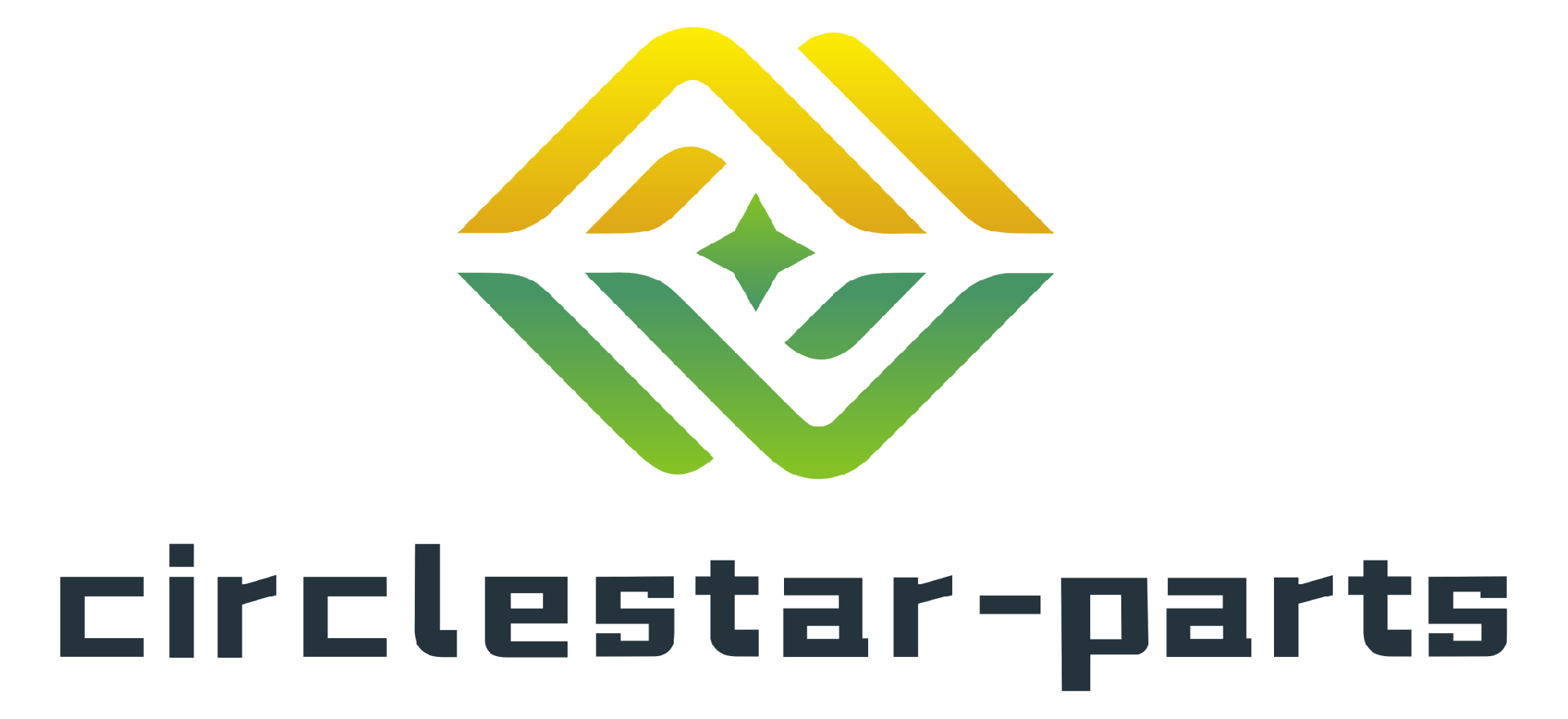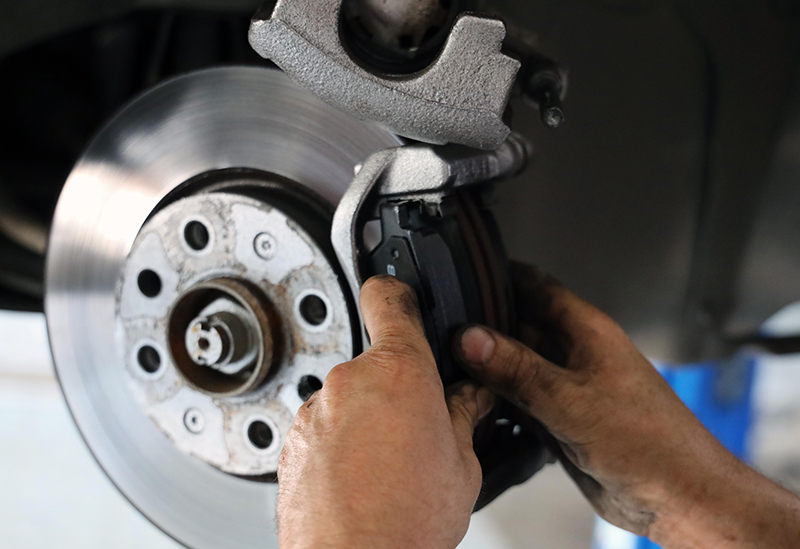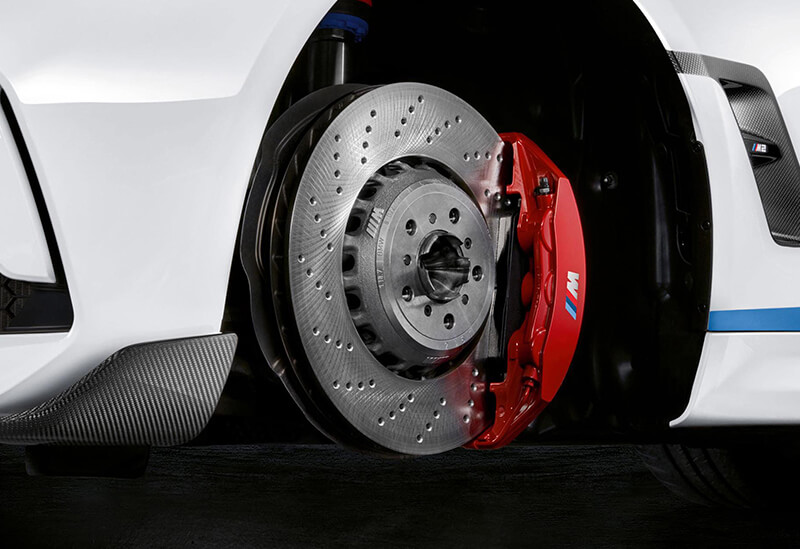China’s Brake Shoe Industry Accelerates Transformation: Driven By New Energy And Intelligent Technologies
In recent years, with the global automotive industry shifting toward electrification and intelligence, brake shoes—a core component of drum brake systems for commercial vehicles and some passenger vehicles—are undergoing a new wave of technological transformation and market restructuring. Industry data shows that China’s brake shoe market reached 4.5 billion yuan in 2023 and is expected to exceed 6 billion yuanby 2025, with a compound annual growth rate of 10%, driven primarily by the following three trends:
Surge in Demand for New Energy Commercial Vehicles, Lightweight Materials Take Center Stage
With the widespread adoption of pure electric trucks and hydrogen fuel cell buses, traditional cast iron brake shoes—plagued by excessive weight and rust susceptibility—are being phased out. Domestic companies such as Longji Machinery and Zhejiang Asia-Pacific Mechanical & Electronic have pioneered aluminum-based + ceramic composite brake shoes, reducing weight by 30% while increasing heat resistance to over 600°C. These products are already being used in BYD electric trucks and Yutong hydrogen buses.
Smart Monitoring Technologies Roll Out, Predictive Maintenance Becomes Standard
Following the trend of intelligent brake pads in passenger vehicles, global leaders like Knorr and WABCO have introduced brake shoes with integrated wear sensors, transmitting real-time data via Bluetooth to fleet management systems. Chinese heavy-duty truck manufacturers like Sinotruk and FAW Jiefang have begun pilot installations in their premium models, potentially reducing unexpected downtime maintenance costs by 20%.
Challenges in Overseas Expansion, Domestic Firms Unite to Break Through
Due to EU Regulation (EU 2023/814), brake shoes with copper content exceeding 5% are banned for export to Europe starting in 2024. Chinese companies such as Shandong Gold Phoenix and Hangzhou TMD Friction have collaborated with universities to develop copper-free organic friction materials and circumvent trade barriers by acquiring factories in Romania. As a result, exports to Eastern Europe grew by 15% in 2023 despite global headwinds.
Persisting Industry Challenges: Despite technological advancements, small and medium-sized enterprises generally struggle with insufficient R&D investment. According to the China Friction Materials Association, out of over 200 brake shoe manufacturers nationwide, only 30 have independent material laboratories. Additionally, counterfeit products still account for 25% of the aftermarket, highlighting the urgent need for stronger industry oversight.
Future Outlook: As commercial vehicle autonomous driving (L4) technology matures, brake shoes may integrate deeply with brake-by-wire systems, evolving toward “maintenance-free + self-adjusting” designs. China’s supply chain must accelerate collaborative innovation to avoid falling behind in the next-generation technology race.


 2024-04-11
2024-04-11


 +86-027-85558552
+86-027-85558552
 +86 13437180835
+86 13437180835
 info@circlestar-parts.com
info@circlestar-parts.com







